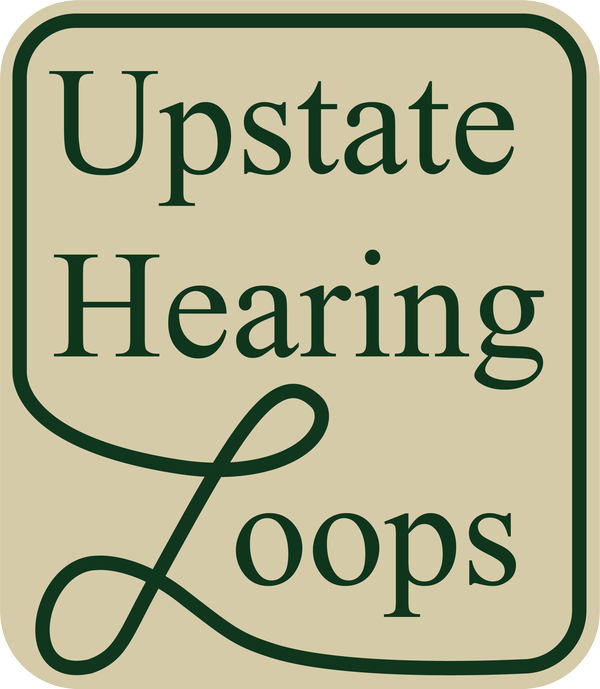Statistics and Facts About Hearing Loss
- FACT:
Approximately 12% of the U.S. population or 38 million Americans have a significant hearing loss.
- FACT:
Over 90% of deaf children are born to hearing parents.
- FACT:
30-40% of people over 65 have some type of hearing loss
- FACT:
14% of those ages 45-64 have some type of hearing loss
- FACT:
15% of children between the ages of 6-19 have a measurable hearing loss in at least one ear.
- FACT:
Hearing loss occurs in 5 out of every 1,000 newborns.
- FACT:
Exposure to a noisy subway, for just 15 minutes a day overtime, can cause permanent damage to hearing over time.
- FACT:
Hearing aids can offer dramatic improvement for most people with hearing loss.
- FACT:
A mild hearing loss can cause a child to miss as much as 50% of classroom discussion.
- FACT:
Listening to an MP3 Player at high volumes over time can cause permanent damage to hearing.
- FACT:
With early identification and appropriate services, deaf children can develop communication skills at the same rate as their hearing peers.
- FACT: Noise is one of the leading causes of hearing loss.
- FACT:
Tinnitus (ringing in the ears) affects 50 million people in the United States.
- FACT:
Babies are never too young to have their hearing tested.
- FACT:
Speechreading is the more current word for lipreading.
- FACT: People with hearing loss wait an average of 7 years before seeking help.
- FACT:
Only 16% of physicians routinely screen for hearing loss.
- FACT:
15 million people in the United States with hearing loss avoid seeking help.
- FACT:
1 out of 3 people over age 65 have some degree of hearing loss.
- FACT:
Approximately 3 million children in the U.S. have a hearing loss; 1.3 million of them are under the age of three.
Hearing loss affects 38 million people in the United States. Hearing loss can occur at birth or can develop at any age. There have been many advances in all aspects of hearing health care so that from the youngest infant to the eldest senior citizen, there are new and exciting options available to help. Treatment options vary depending on the degree or type of hearing loss, age of onset and individual lifestyle needs. If you suspect that you or a family member has a hearing loss, the best place to start is with a hearing evaluation by a licensed audiologist.
The Two Types of Hearing Loss
A conductive hearing loss
indicates that there is a problem with the mechanism that conducts sound from the environment to the inner ear. Problems in the external auditory canal (outer ear), ear drum or the bones of hearing (the middle ear) may cause a conductive loss. This type of loss can often be corrected by medication or surgery. If it cannot be corrected, the individual can usually do very well with a hearing aid.
A sensorineural hearing loss
indicates a problem in the organ of hearing or the nerve of hearing. There may be damage to the cochlea (inner ear), auditory nerve, or the auditory centers of the brain. An individual with a sensorineural hearing loss may benefit from a hearing aid, cochlear implant, communication therapies, other medical management depending on the degree of the loss or the cause of the loss.
A hearing evaluation
consists of a number of tests to measure how well you hear. The test results are reported on a form called an audiogram.



